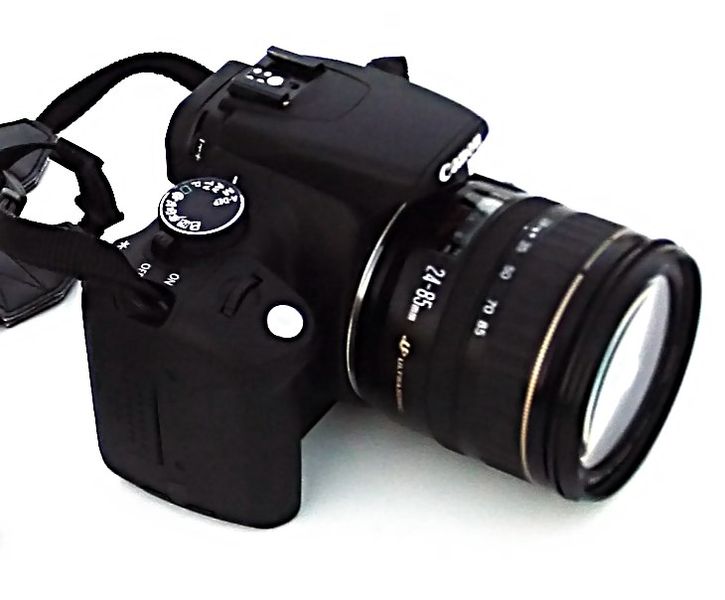 I've kept the faith for so long, but I knew at some point technology would overtake nostalgia and my beloved SLR camera would be replaced by a digital equivalent.
I've kept the faith for so long, but I knew at some point technology would overtake nostalgia and my beloved SLR camera would be replaced by a digital equivalent.As with all technology, eventually it will be replaced by something more suitable to our everyday life. The reason I stuck with a film-based camera for so long is called brightness latitude. It's the amount that you can overexpose or underexpose a shot and still be able to recover a good shot from it. The easiest example would be a photo of a candle-lit dinner. If you overexpose the shot your subjects would be well lit, but the candles and the immediate surroundings would "white out", appearing as a bright blob. If you underexpose the shot the candles look great but the table and faces of the people would be in darkness. When working with film, you're transferring light onto a medium. You could then in post-production over- or underexpose certain areas to fix the problem.
An increasingly trendy technique in digital photography known as HDRI has solved this problem. You take 2 identical shots, one under- and the other overexposed. You then overlay the 2 images and select the correctly lit areas from each to create the final image. It's a great trick and can produce some stunning shots, but it usually requires your subject to remain motionless between shots.
Don't get me wrong, digital has its place. You wouldn't want to go all happy snappy at a party with your film camera, simply because it's easier to use a small digital camera. Usually people want to see the picture you just took aswell, and with film you can't show them.
Cheaper digital cameras also don't have a proper viewfinder. You're forced to use the little LCD screen on the back. Any photographer worth their salt will perhaps use the LCD for composition, but will always refer to the proper viewfinder before taking the actual shot. This is why I originally bought an SLR camera, because what you see in the viewfinder is what comes out. With cheaper cameras the viewfinder is slightly offset from the photo lens and can be very annoyingly uncalibrated.
Yesterday I spent about an hour messing with one of the latest dSLR cameras and for the first time I felt like this camera was capable of expressing my ideas the way I want, without holding me back. This notion, coupled with the faster turn-around time and generally digital methodology of almost everything these days, convinced me that the time has come.
Like video killed the radio star, so has digital cameras reshaped our notions of photography.
Words:
"You're much too pretty, you don't need your mind."
- Fallen by Seether (Finding Beauty in Negative Spaces)




No comments:
Post a Comment